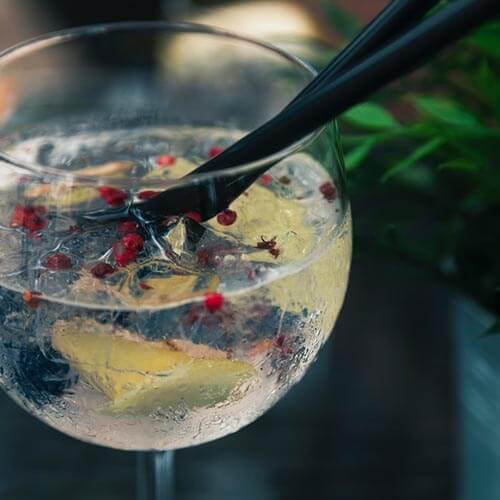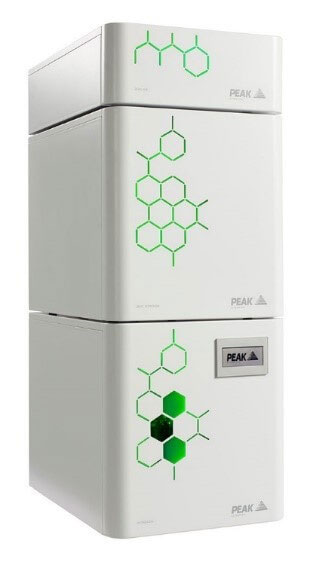Gin in the lab: Using GC for Gin Distillation Analysis
No matter the season, come rain or shine, gin is always in. As a refreshing beverage at a bar by the beach or a soothing winter drink by an open fire at home, gin is so versatile it's hard not to find a perfect occasion for it.

Undeniably, gin has seen a steady increase in popularity across the globe. Scotland in particular has seen a boom in gin sales, with many new distilleries setting up shop and a number of festivals taking place every year to celebrate the drink. But who would have thought gin would also find its way into a lab in the Scottish capital?
Researchers from Heriot-Watt University in Edinburgh have recently used gas chromatography-mass spectrometry research to compare the different infusion methods used when making gin to study the impact these methods have on the product.
Gin Distillation and Infusion
Infusion is a core component of making gin. Although different types of gin may vary in certain characteristics, such as their aging methods, botanical profiles or regulations, the infusion method of using juniper berries in distillation is common to all types of gin. It is the aroma of juniper which creates the signature flavours of the drink on both the nose and palate, making gin ‘gin’. Distillation is therefore an essential process when making gin, playing an important role in adding flavours to the drink.
But what is distillation exactly? Gin distillation is a method of purification which removes unwanted residual parts by heating the liquid until it turns into vapour. This vapour is then collected as gin. When distillers want to add flavour to their gin, they have two options for their distillation method: the steeping method, where botanicals are soaked in the gin’s natural spirit prior to distillation, and the vapour infusion method, where the aroma is carried from the botanicals by the vaporized gin which is heated. The gin then absorbs the flavours as it comes into contact with the botanicals.
Using gas chromatography, the researchers at Heriot-Watt University analyzed the concentrations of 10 terpene flavour compounds in gin distilled using the two different methods to investigate whether there are any differences between the gins.
In their comparison between the two different distillation techniques, the research team found that 9 out of the 10 terpene compounds analyzed were present in higher concentrations in gin distilled by the vapour infusion method. The researchers concluded that this method of analysis using gas chromatography can be applied in further research in distillate comparisons across the different types of gin.
Precision Generator for Gas Chromatography

For researchers using gas chromatography for their sample analysis, having a reliable and safe source of gas supply is essential. Our Precision series, specifically designed for gas chromatography applications, offers a dependable, high-performing laboratory-grade gas solution. The Precision series, stackable and modular in design, includes both nitrogen and hydrogen gas generators. Precision also offers a zero air gas generator model, specifically engineered for flame support gas for gas chromatography instruments.
You may also be interested in:
Precision Hydrogen Trace 250 - GC Carrier Gas
Precision Nitrogen Trace 600 - N2 Generator
Precision Zero Air GC Gas Calculator
Sources:
Quantitative Comparison of Volatiles in Vapor Infused Gin versus Steep Infused Gin Distillates